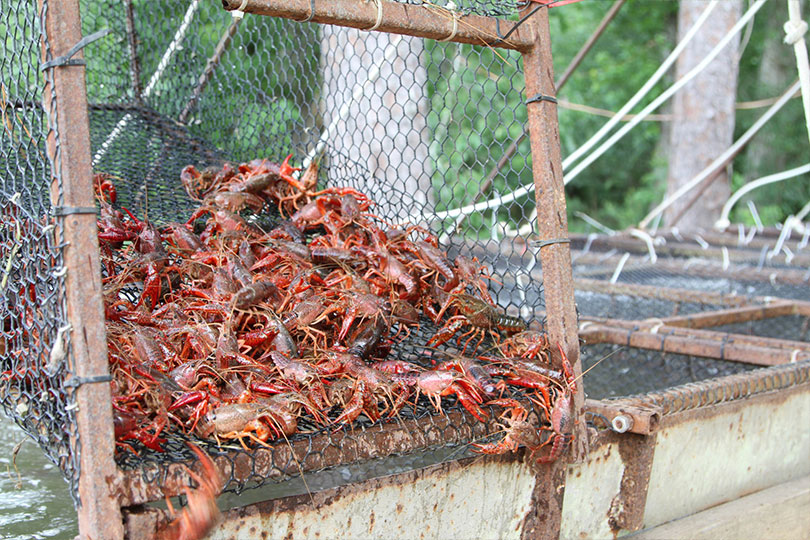By Emmy Powell
Communications Specialist
Southeast Texas crawfish and rice farmers continue to feel impacts from last summer’s drought and lack of irrigation water.
“The last two years have been tough. Costs, equipment and everything else is going up and price of grain doesn’t follow that price,” Kerry Abney, who grows rice, told the Texas Farm Bureau (TFB) Radio Network.
Farmers in Wharton, Colorado and Matagorda counties get irrigation water from the Lower Colorado River to flood their rice fields. But last year, the water wasn’t available to most farmers.
“If they are in the right location, some people have reverted to drilling water wells. But a lot of people are just not going to grow rice,” Dillon Berglund, Wharton County rice farmer, said.
Coastal Bend rice farmers have been facing a lack of irrigation water for over two years, which has led to a significant decrease in planted rice acres. In 2023, only 23,000 acres of rice were planted compared to nearly 40,000 acres in 2022, according to Texas A&M AgriLife Extension Agent Corrie Bowen.
Last year’s drought also impacted this year’s crawfish season, leading to record high prices early in the season.
Prices significantly increase the further away consumers live from Louisiana and Southeast Texas.
In mid-March, AgriLife Extension reported live crawfish were $6-$6.50 per pound in College Station compared to $3 per pound at the same time last year. Consumers were paying $15-$18.99 per pound in Dallas for boiled crawfish compared to $10-$12 per pound in College Station.
Prices have dropped, however, in Texas, which is the second-ranked crawfish producer behind Louisiana. Texas has roughly 9,500 production acres compared to Louisiana’s 300,000 production acres.


Leave A Comment